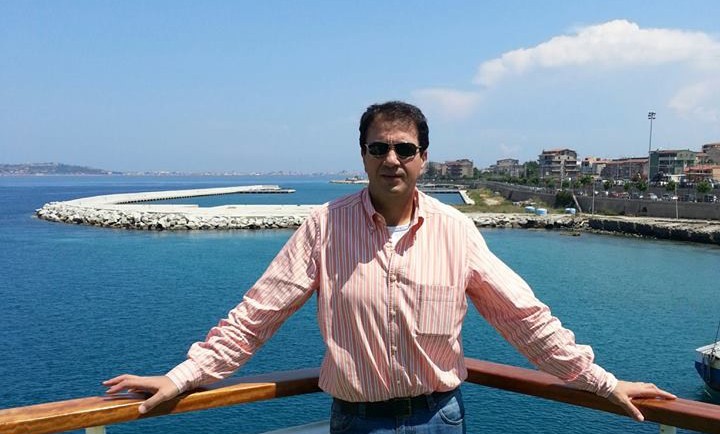 I was asked recently a very interesting question; “When did you cross over from being a manager to a leader?”. It was a question that I have not asked myself. This got me thinking, trying to figure out when did I actually cross that bridge.
I was asked recently a very interesting question; “When did you cross over from being a manager to a leader?”. It was a question that I have not asked myself. This got me thinking, trying to figure out when did I actually cross that bridge.
Let’s define the essence of leadership first. I strongly believe that ‘A great leader rallies his people to a vision of a better future, and makes them realize that ‘. Going back to the question; I realized that I crossed the bridge, when I started looking at things differently. It was a change in my behavior. I became preoccupied with the company’s future. I wanted the company to grow and expand, so I challenged it status-quo. I had a vivid image of what the company could be, and this image was my drive. This was my motivation.
As we all know, leadership is about tomorrow’s business. I had a vision and a purpose for the company, hence; I started altering the way I saw and did things. I wanted the company to jump into the future -the right future- at an accelerated pace, to expand, flourish, and become the top most powerful leading company in its field, no matter the size of the changes and the tremendous effort and pressure required to make that happen. I started finding opportunities that were coming at it, and I successfully exploited them. I was taking risks, but at the same time I knew I was dealing with the ‘possible’. I simply worked on creating and developing the change.
I built my vision and strategy based on my high-end goal for the company based on its people, not based on the circle of power I have. The circle of power is given to you as an aftermath of being a manager.
On the other hand, the leader focuses on people. I created value for my team and what they achieved. I didn’t just count value. I inspired and motivated them, by offering the correct influence and motivation they needed to feel that their efforts do count, which in turn contributed to our company’s success today. I magnified them, their capabilities, and their purpose. This gave them energy, and made them feel excited and want to do the work because it serves a great purpose. I gave them credit and made them see that they are the heroes behind the success that the company achieved. I simply shared the focus, empowered my people and inspired innovation.
I had what you call ‘The circle of influence’. It is creating one’s unique voice that has an outstanding influencing effect on the company and the people around you. I was seen as someone who provides optimism, positive energy, intelligence, peace, compassion and confidence. The people who sought my advice were not only those reporting to me, on the contrary, many of them were people outside of my reporting hierarchy as well. They look at me, as someone who enhances their strength, and corrects their weaknesses.
A leader has followers, not subordinates. Leaders have the charismatic personality that appeals to their followers. I never forced anyone to become my follower. My followers became so, from their loyalty and respect to me, and most importantly, their blind trust in me.
Talking about loyalty, the leader has to appeal to them enough, and be trusted without limits, to make the people want to follow him. This is what I referred to in my earlier article, as ‘The Power of Personal Charisma’. My followers have proved to me, time and time again, at any given point, that they are with me all the way, willing to take risks, swim in unclear waters and walk the dangerous grounds.
A leader is respected by his followers, not feared. I came to realize by time, that the people around me, did not want to disappoint me, not out of fear, but out of respect for me.
I would like to add a final word; If you are not an optimistic person, nobody will want to go to the future that you see. This means that a leader must have a talent for optimism. “You must believe deeply & instinctively, that things can get better”.
To sum it all up in a few words, I can say that I crossed over from being a manager to a leader, when I started having a vision-in-the-horizon for the company, and focused on inspiring, motivating and amplifying the value of my people.
